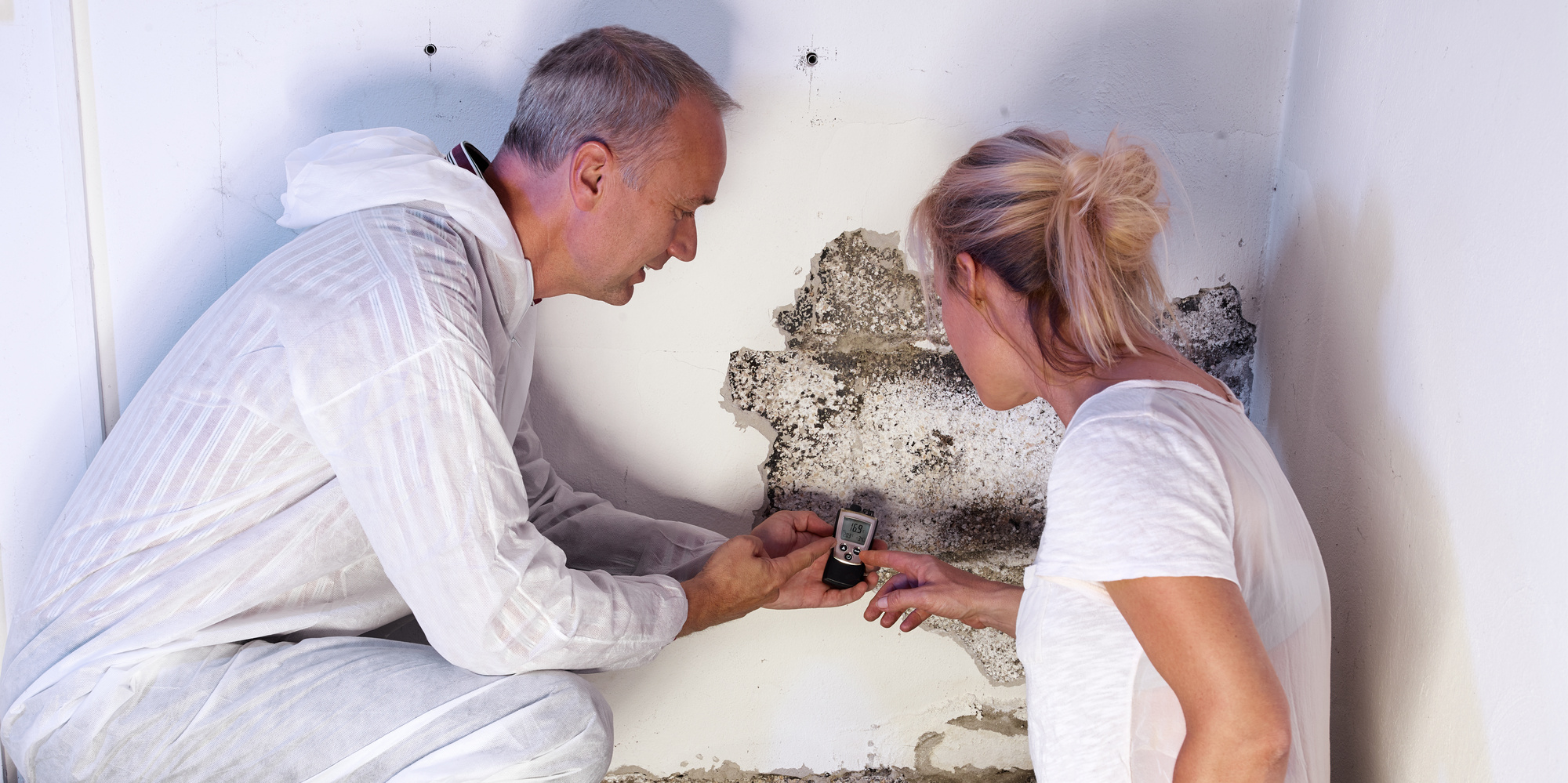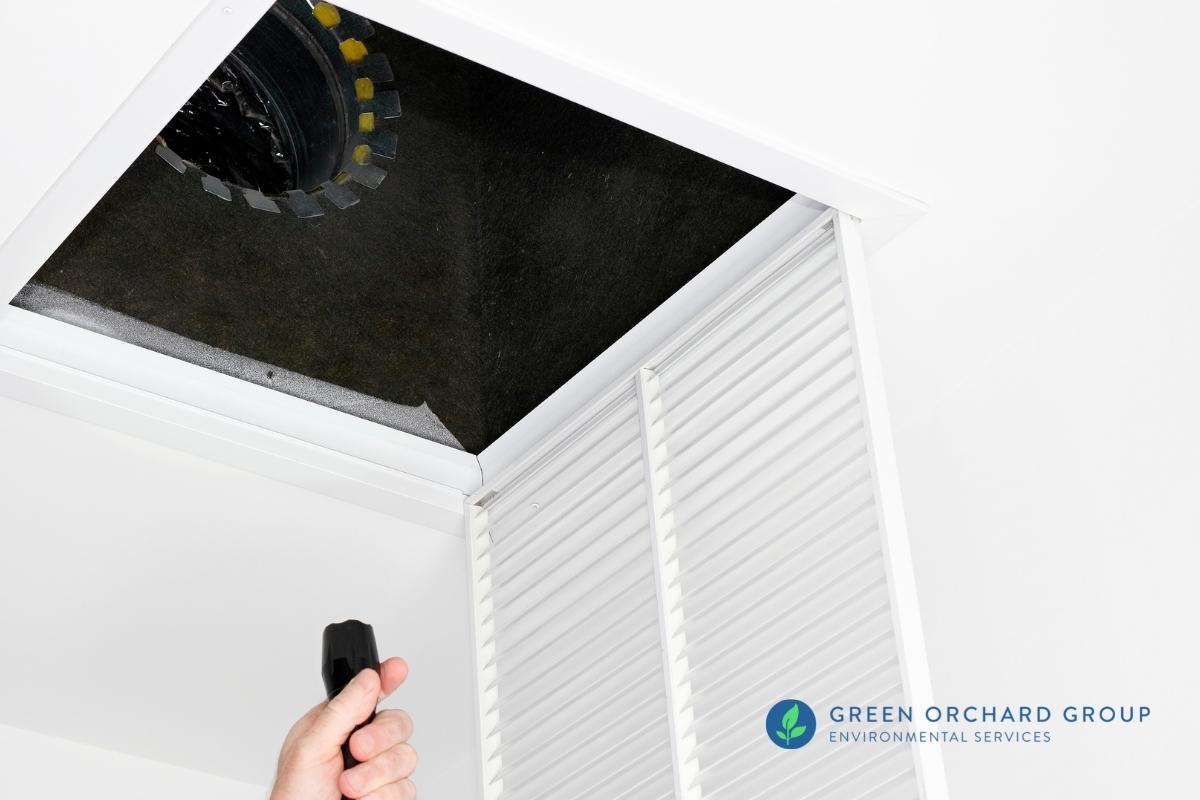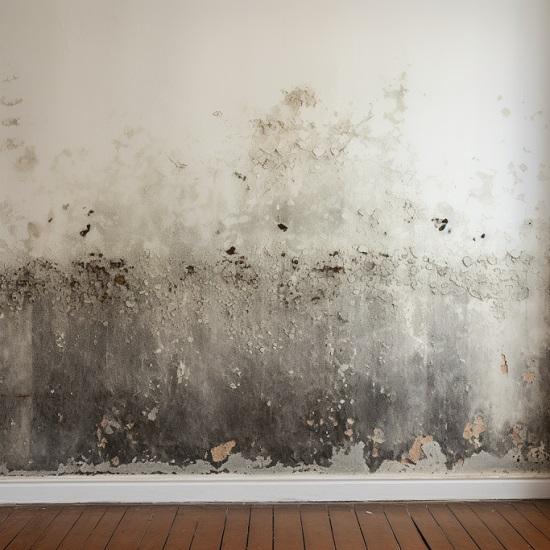Crafting an In-depth Post Mold Remediation Report
Crafting an In-depth Post Mold Remediation Report
Blog Article
Effective Message Mold And Mildew Remediation Solutions for Your Home
Mold and mildew development in homes can be a relentless problem, typically needing an organized strategy for effective post-remediation remedies. From recognizing the variables that add to mold and mildew development to executing correct cleaning techniques and dampness control actions, the procedure can be detailed yet essential for preserving a healthy and balanced living setting. Furthermore, exploring all-natural remediation solutions and establishing a regular for recurring upkeep are vital components of a detailed mold and mildew remediation technique. As property owners make every effort to deal with mold and mildew concerns, finding the most efficient options becomes paramount for the well-being of their houses.
Understanding Mold Development Variables
The key variable contributing to mold and mildew development is moisture. Mold spores require dampness to sprout and flourish, making moist or wet settings highly at risk to mold and mildew problems.

Additionally, airflow and light direct exposure can affect mold and mildew development. Locations that do not have appropriate ventilation and all-natural light are a lot more vulnerable to mold development. By attending to these aspects adequately, individuals can successfully reduce mold development and safeguard their living environments.
Proper Mold Cleansing Strategies
Using effective cleansing techniques is necessary in dealing with and avoiding the reoccurrence of mold and mildew contamination in interior settings. The very first action in correct mold cleansing is to have the damaged location to protect against the spread of spores to uncontaminated locations.

Implementing Dampness Control Procedures
To properly protect against mold development and contamination in indoor environments, carrying out moisture control procedures is extremely important. Wetness is the key aspect that gas mold and mildew advancement, making it vital to manage moisture levels within the home. One efficient action is to use dehumidifiers to preserve indoor humidity degrees below 60%. Additionally, making sure appropriate air flow in locations susceptible to moisture buildup, such as kitchens and bathrooms, can help in reducing the danger of mold and mildew development. On a regular basis examining and fixing any type of leakages in plumbing, roofing systems, or home windows is also necessary in stopping excess moisture build-up. Utilizing exhaust followers while cooking or showering, and enabling air circulation by maintaining furniture slightly away from wall surfaces can assist in moisture control. Additionally, utilizing moisture-resistant products in high-humidity locations, such as mold-resistant drywall and paints, can be valuable. By diligently carrying out these dampness control actions, homeowners can efficiently decrease the probability of mold recontamination and maintain a healthy interior setting.
Making Use Of Natural Removal Solutions
After effectively carrying out dampness control procedures to protect against mold and mildew growth in indoor atmospheres, house owners can currently explore the effectiveness of all-natural removal services in maintaining a healthy and balanced living area. All-natural removal options use ecologically friendly methods to combat mold and testing air quality after mold remediation mildew and mold, making them a preferred option for those seeking non-toxic alternatives. By incorporating these all-natural removal options into their cleaning regimens, property owners can properly combat mold and mildew growth while advertising a much healthier indoor environment for themselves and their households.

Maintaining a Mold-Free Atmosphere
Routinely inspecting locations prone to mold and mildew development, such as shower rooms, basements, attic rooms, and kitchen areas, is critical. Appropriate air flow in areas with high moisture degrees is likewise essential to preventing mold development.
Furthermore, preserving cleanliness in the home is essential for mold and mildew avoidance. Keeping indoor plants in check and ensuring proper water drainage in exterior landscaping can minimize dampness accumulation, minimizing the possibility of mold problems.
Conclusion
To conclude, it is important to attend to mold and mildew development aspects, make use of appropriate cleansing methods, carry out wetness control procedures, use all-natural remediation services, and maintain a mold-free atmosphere in order to successfully manage blog post mold and mildew removal in your house - what to do after mold remediation. By adhering to these methods, you can stop mold from recurring and ensure a healthy living environment for you and your family
The key element contributing to mold and mildew growth is moisture. Mold and mildew spores call for dampness to germinate and thrive, making damp or moist environments very prone to mold invasions.To efficiently prevent mold and mildew development and contamination in indoor atmospheres, executing dampness control steps is paramount. Furthermore, guaranteeing correct ventilation in locations susceptible to moisture buildup, such as shower rooms and kitchens, can assist reduce the danger of mold and mildew development.After successfully carrying out moisture control procedures to protect against mold development in interior environments, home owners can currently explore the efficiency of all-natural remediation services in keeping a healthy living area.
Report this page